1. The Mullet
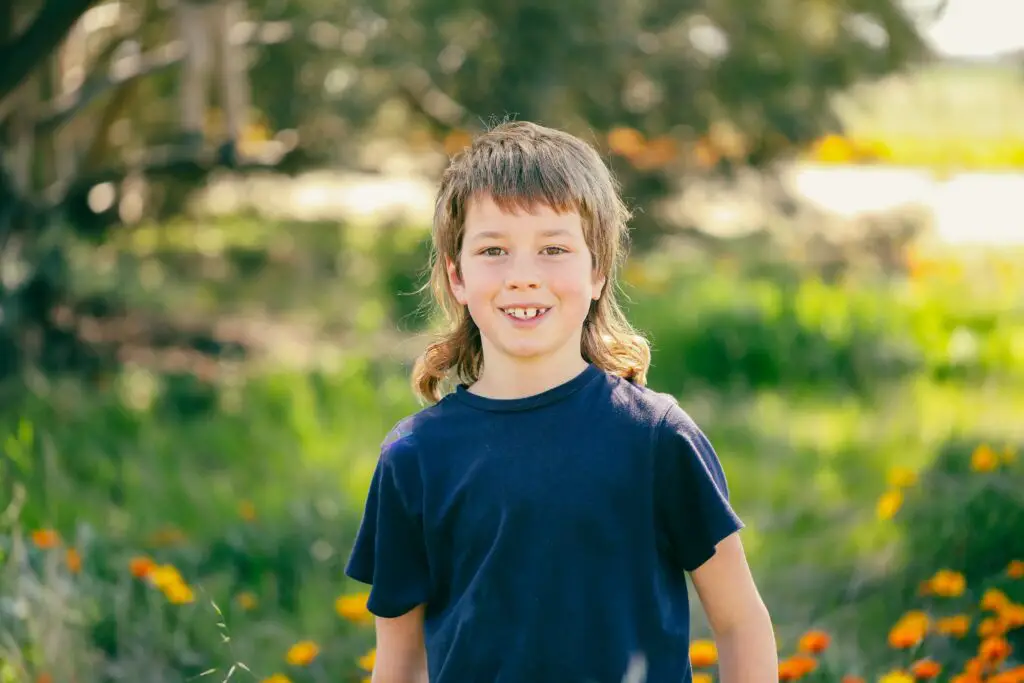
Ah, the mullet. This style, often summed up as “business in the front, party in the back,” made waves in the ’80s and early ’90s, especially among high schoolers. The mullet was divisive for a reason—while some saw it as a bold, edgy look, others just couldn’t understand it. It sparked plenty of debates over whether it was an expression of individuality or a questionable fashion choice. Teachers and parents often frowned upon it, considering it a rebellious declaration against societal norms says CNN.
Despite the controversy, many high schoolers loved the mullet’s versatility, pairing it with band tees and jeans for a casual, yet daring, vibe. Some even tried to bring it back, but it quickly became the subject of jokes and memes. It’s safe to say that mullets were an attempt at originality, but not everyone was on board with the execution. Regardless of its polarizing nature, the mullet had its moment in high school halls.
2. The Rat Tail
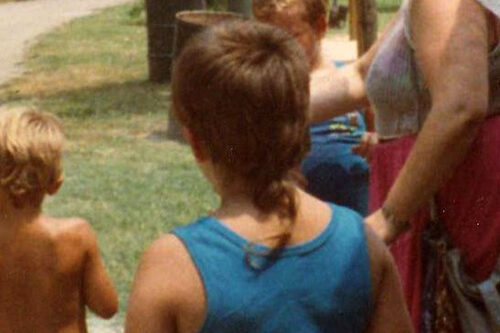
If you thought the mullet was bad, then the rat tail took it to another level. This hairstyle consisted of a small, thin strand of hair left at the nape of the neck, while the rest of the hair was cut short or styled normally. It first gained popularity in the ’80s and stuck around into the ’90s, particularly with boys who were looking for something “different.” The rat tail became infamous for its weirdly specific look, which some found totally cool while others couldn’t stop shaking their heads explains Dazed.
Many high school students wore this style as an expression of their unique identity, but it quickly became a symbol of rebellion in the eyes of adults. Teachers and parents often couldn’t quite understand the appeal, calling it awkward or just plain bizarre. It became a prime example of how far kids were willing to go to stand out, even if it meant drawing some unwanted attention. Despite all the criticism, rat tails had their dedicated fanbase, even if the rest of the world wasn’t exactly on board.
3. The Flat Top
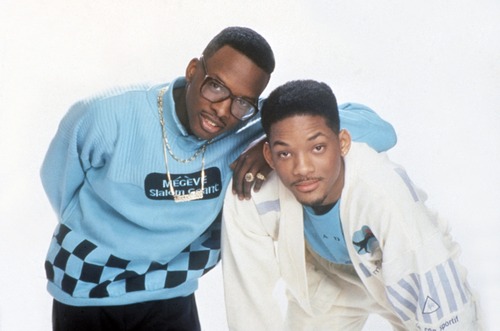
The flat top was the king of ’90s school hairstyles, especially among African American students, and it definitely caused a stir. The high-top look, often perfectly squared off, became a symbol of hip-hop culture and was often sported by celebrities like Will Smith in The Fresh Prince of Bel-Air. While it was undeniably bold and attention-grabbing, not everyone appreciated the precision and time it took to maintain such a structured hairstyle. Many saw it as an act of defiance, both against beauty norms and the traditional, straight-laced aesthetic favored by schools at the time shares FashionBeans.
Teachers and administrators were particularly concerned about how much time students spent perfecting their flat tops. It was common for students to take extra time in the morning, or even during class, to make sure their hair stayed as sharp as possible. The flat top was controversial because of its ties to hip-hop culture and its association with an emerging youth subculture. This unique hairstyle was as much about making a statement as it was about fashion—something that made it both admired and criticized.
4. The Liberty Spikes
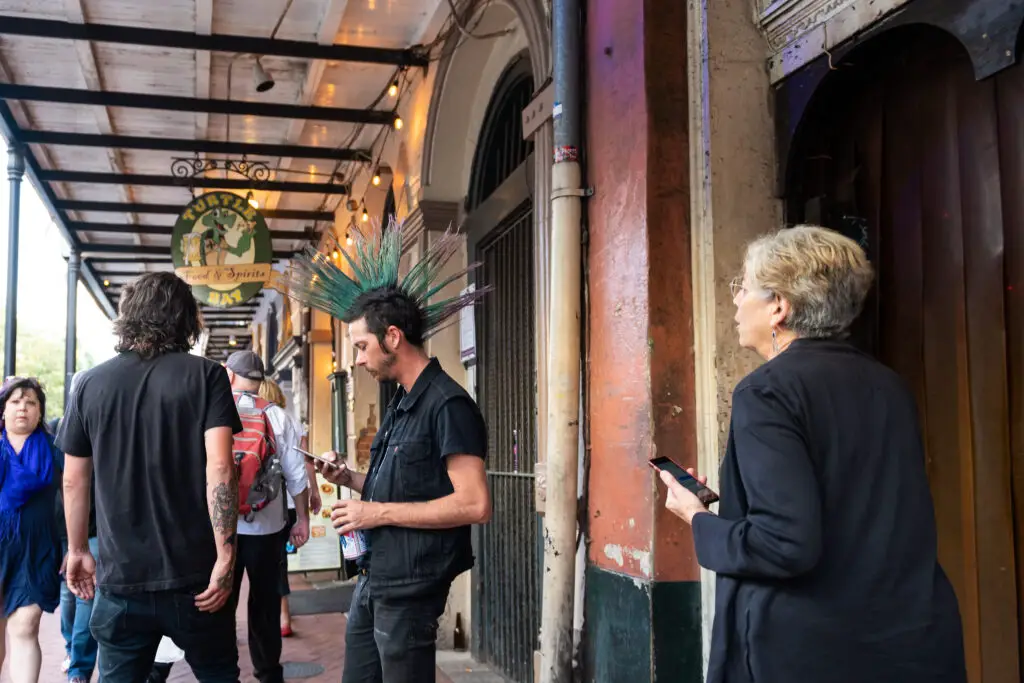
The punk scene brought a whole new level of controversy to high school hallways in the ’80s with the introduction of liberty spikes. These towering, spiked hairstyles became synonymous with rebellion, anti-establishment attitudes, and extreme individuality. For some students, it was a way to embrace a bold identity that rejected traditional beauty standards. For others, it was a symbol of defiance that was way over the top and a bit too much for the classroom environment adds CBR.
The maintenance alone made it a hassle, requiring copious amounts of hairspray or gel to keep those spikes standing tall. High school staff and parents didn’t always appreciate the noise and attention they attracted, and some even considered them a distraction. The spikes weren’t just about the look; they were a visual representation of the punk ethos, challenging conformity in a very public way. Despite the pushback, many high schoolers wore the style with pride, reinforcing the idea that youth culture wasn’t afraid to be loud and different.
5. The Bowl Cut
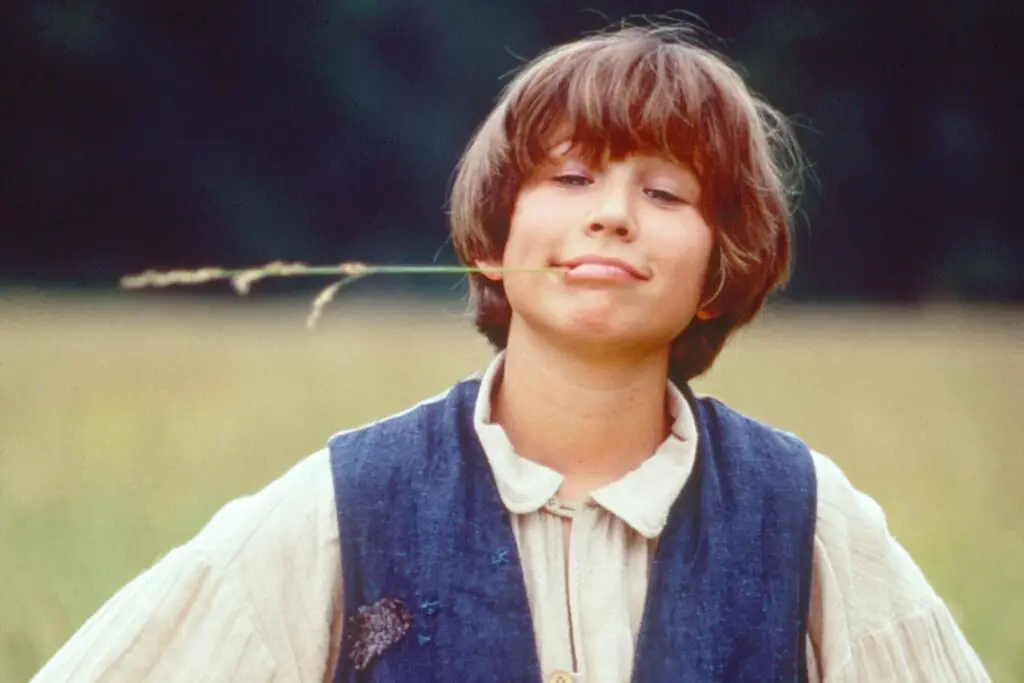
The bowl cut is one of those hairstyles that makes you wonder what we were all thinking. It was just as it sounds—a bowl-shaped cut that sat flat against the head, usually with bangs. This style was especially popular in the ’90s, and while it was easy to maintain, it became highly controversial due to its lack of edge and the awkward shape it created. The bowl cut, with its straight-across bangs and flat sides, was often the subject of teasing, especially for boys who wore it. It became a classic example of a haircut that’s far too simple and too generic for many people’s tastes.
While some students embraced it as a clean and easy option, others saw it as an indication of conformity, lacking any real flair. Parents often had a hand in encouraging the bowl cut, making it seem even more like an imposition rather than a choice. This simple, one-size-fits-all look left little room for personal expression, making it one of the most controversial haircuts of the era. The bowl cut’s awkwardness and lack of sophistication made it a high school staple that caused as many giggles as it did groans.
6. The High-Volume Perm
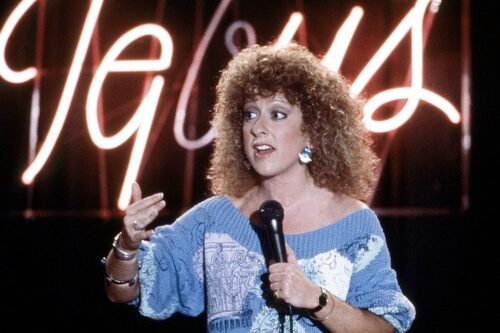
The perm is one of those high school trends that really took off in the ’80s, and it’s one that many wish could just stay in the past. The high-volume perm, with its big, frizzy curls, quickly became a symbol of the time’s beauty standards. The controversy lay in how much effort it took to achieve such a look, often involving hours in the salon. While it was all the rage for some students, others couldn’t help but point out the artificiality of the style and its over-the-top appearance.
Perms weren’t just about curls—they were about the volume and bounce that made them stand out. The amount of hairspray required to keep these curls intact also added to the controversy. For some, it was a fun, glamorous look, but for others, it seemed like too much work and too much style, especially when students wore it in such a uniform way. The high-volume perm became a symbol of trying too hard, and it had a way of creating divisions between those who embraced it and those who didn’t.
7. The Caesar Cut
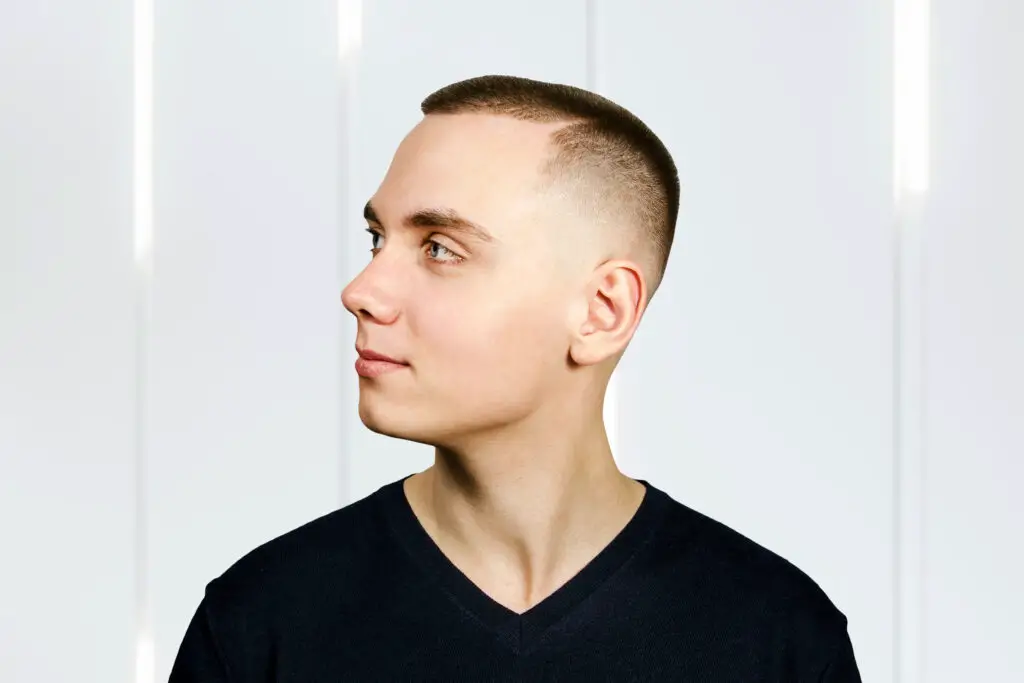
The Caesar cut, named after Julius Caesar, was a sharp, short haircut that had a very specific, almost military precision to it. It became popular in the ’90s, especially for those who wanted a clean, stylish look with a bit of edge. However, despite its popularity, it was also met with controversy for how stiff and structured it was. The Caesar cut required a lot of maintenance to keep it looking fresh, and some high schoolers felt that it was just too “proper” for the laid-back atmosphere of a high school campus.
While some loved its simplicity and ease, others viewed the style as a bit too rigid and authoritarian for their tastes. The fact that it required daily upkeep made it an impractical choice for many students, who preferred something a bit more low-maintenance. The Caesar cut was also controversial because it was associated with a certain level of conformity—almost like students had to look a certain way to fit in. While it had its followers, it was just as likely to be critiqued by peers who were more into self-expression through their hair.
8. The Shag

The shag hairstyle was a true classic from the ’70s that carried over into the early ’80s and found its way into high schools. With its layered look and choppy edges, the shag was all about texture and volume. The style, which looked wild and unkempt in the best way, made a bold statement, but it was controversial for its messiness. Not everyone was a fan of the shag’s untidy nature, and for some, it was a bit too disheveled to be taken seriously.
While some high schoolers embraced the look as carefree and rebellious, others didn’t quite understand why someone would choose such an intentionally “messy” hairstyle. Teachers often took issue with the style because it didn’t fit the neat, structured expectations of most high school dress codes. The shag was a challenge to the norm, pushing students to question conventional beauty standards. Though the shag didn’t last long in mainstream high schools, it certainly left a lasting impression on those who wore it.
9. The Teased Bangs
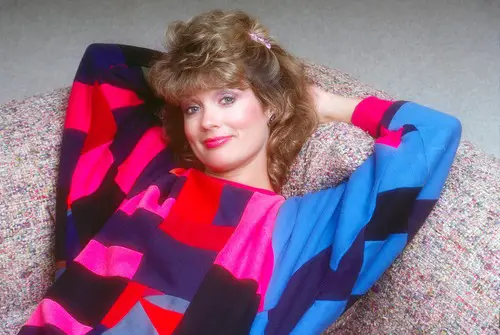
Teased bangs, also known as “big bangs,” were all the rage in the ’80s, and let’s just say—this was not a subtle look. The style involved teasing the hair at the roots to create height, giving the bangs an exaggerated, voluminous look. While the style was popular among girls, it quickly became controversial because of how much effort went into achieving the look. Teasing often meant spending more time on your hair than anything else, which didn’t sit well with many teachers and parents.
For some, teased bangs were the perfect way to add a little personality to an otherwise simple hairstyle. But for others, it just seemed like too much work and too much hairspray. The fact that it could take so long to perfect didn’t help its case, and students would often end up in trouble for touching up their bangs between classes. The look became emblematic of a time when bigger was better, but not everyone was on board with it.
10. The Flat Ironed Hair
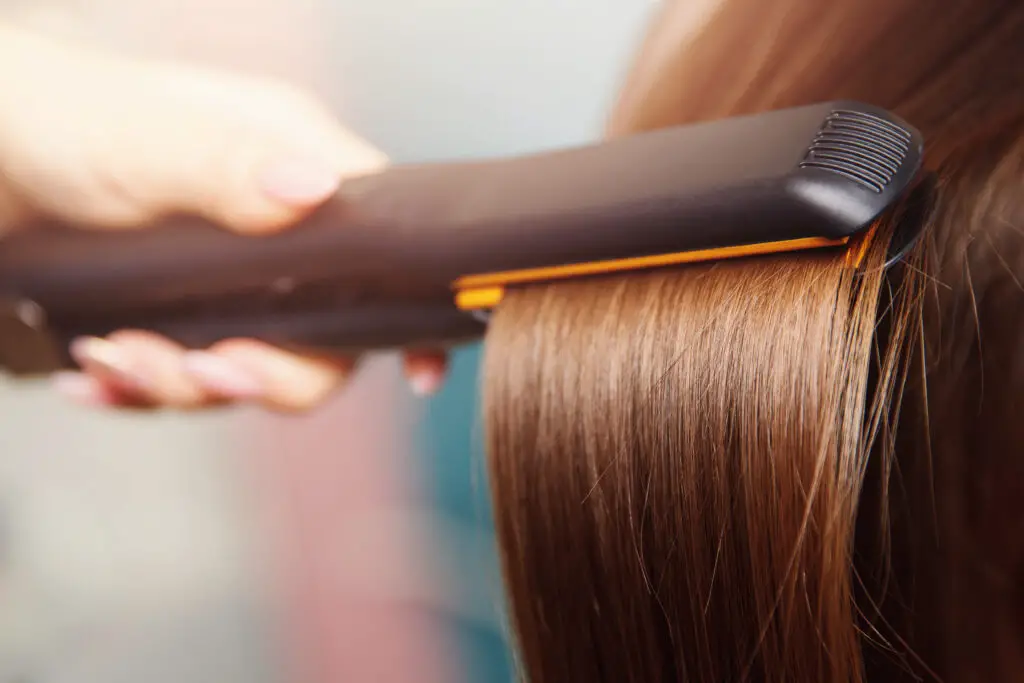
The flat iron came into play in the ’00s, and with it, a whole new world of straight hair possibilities opened up. While straight hair was long admired, flat ironing took it to the next level, creating sleek, shiny hair that was almost unnaturally perfect. This caused a stir in high schools as the intense straightening process came with the pressure of perfection. Some students embraced the look as a clean, polished style, while others found it intimidating and impractical.
The controversy arose from the perceived need to look flawless all the time, even at school. It wasn’t just about style; it was about fitting into a new beauty standard. Flat ironing hair could take a lot of time and effort, and for some, it seemed a bit too much to handle for a daily high school routine. While many loved the sleekness it provided, it also reinforced the idea that certain looks were expected to be “better” than others.
11. The Bowl with Frosted Tips
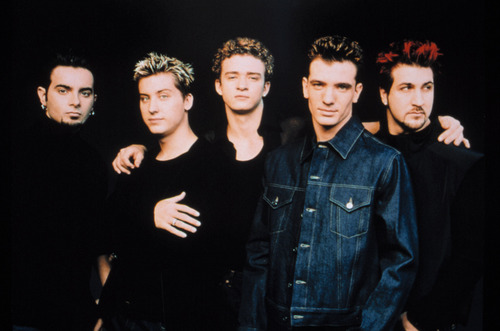
One of the more controversial hairstyles of the early 2000s was the bowl with frosted tips. This combo of a clean, bowl-shaped cut with the added twist of blonde highlights at the tips was everywhere. While it was popular among pop stars and Hollywood celebrities, it wasn’t exactly loved in the high school hallways. Some viewed it as a fun, trendy look, but others saw it as trying a little too hard to fit in with the mainstream.
Frosted tips were particularly controversial because they added an extra layer of styling to an already high-maintenance cut. It wasn’t enough to just have the bowl cut—you had to go that extra mile with the blonde dye. For some, the look screamed “try-hard,” while others loved the edgy vibe it gave. Regardless of where you stood, there was no denying that the frosted tips were bold and got people talking.
12. The Side Part
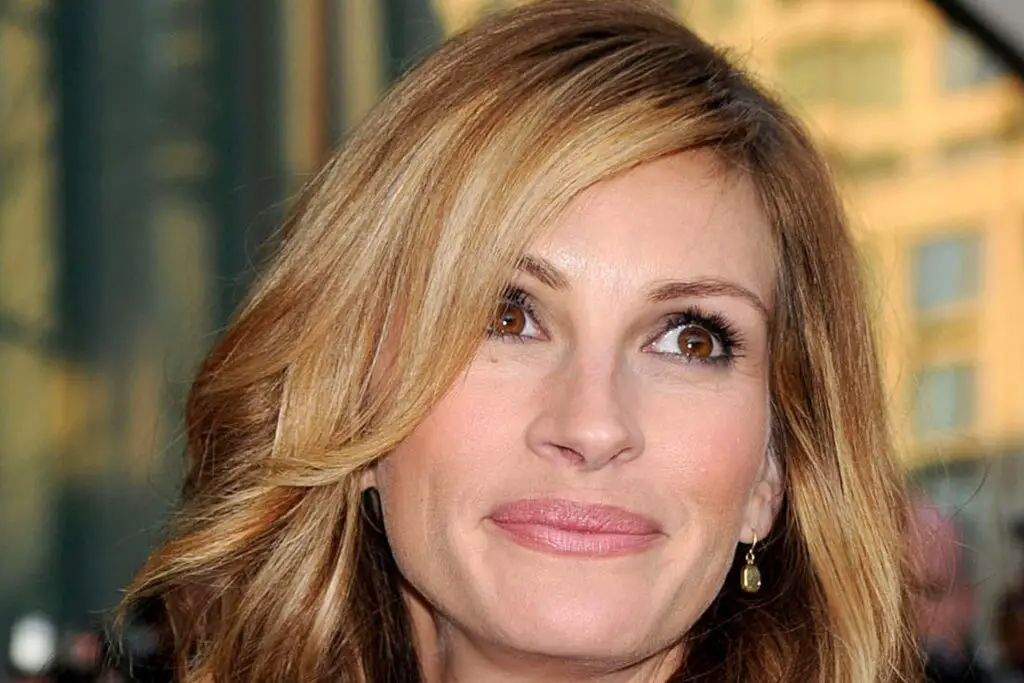
The side part is one of those classic looks that seems like it should be harmless, but in high school, it had its fair share of controversies. It wasn’t just any side part, either—it was the over-the-top, perfectly symmetrical one that some students wore religiously. It’s hard to imagine how something as simple as a part in your hair could spark so much debate, but in high school, anything that stood out could be controversial.
Some students loved the side part because it was neat and organized, giving them a polished look. Others, however, saw it as an attempt at conformity, not expressing anything original or unique. Teachers often encouraged it because it was tidy and professional, but it left students feeling like they were being forced into a box. Ultimately, the side part was more than just a hairstyle—it became a symbol of trying to fit into a certain mold.
13. The “Fauxhawk”
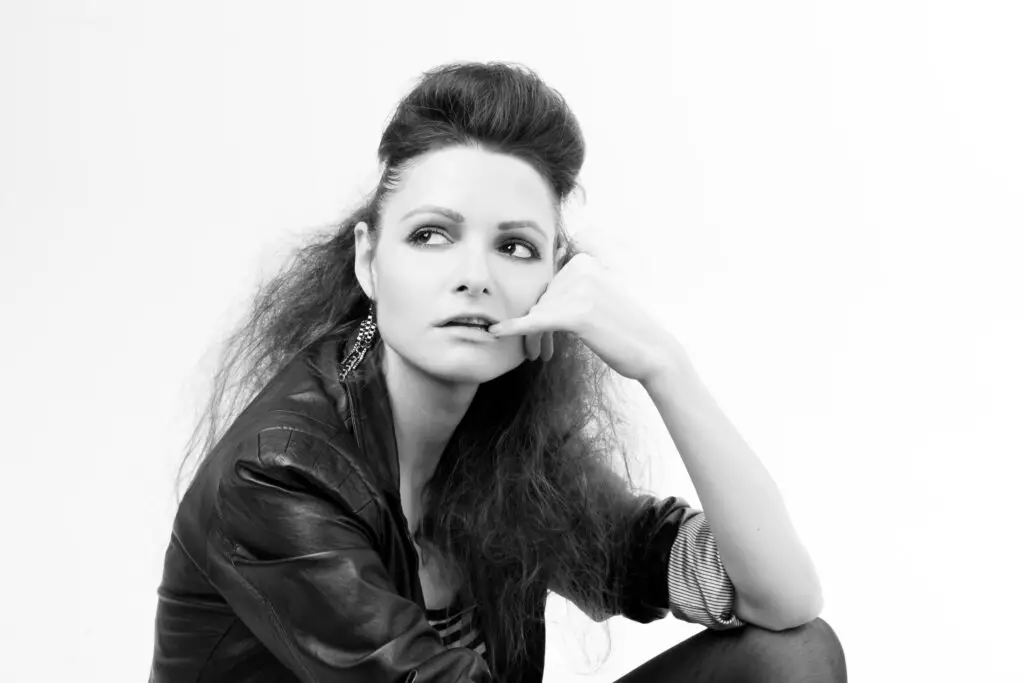
The fauxhawk, a modern twist on the mohawk, was a controversial hairstyle that made waves in the early 2000s. It involved short sides with a longer strip of hair running down the center, usually styled upwards for that edgy, punk-rock feel. For many students, it was an exciting way to express themselves without going as far as shaving their head like a true mohawk. However, the fauxhawk also raised eyebrows for its boldness and the amount of styling required to maintain it.
While it was considered a cool alternative to more traditional hairstyles, it was met with resistance from adults and some students who preferred more classic looks. The fauxhawk was controversial because it challenged the idea of what was “acceptable” in a high school setting. It was a hairstyle that screamed individuality and defiance, something that wasn’t always appreciated by authority figures. Even though it was trendy and fashionable, it still left some feeling that it was just another way to stand out in a crowd.
